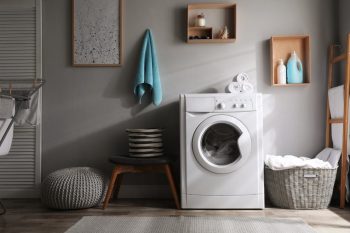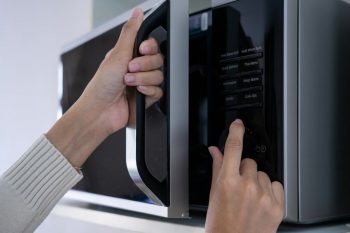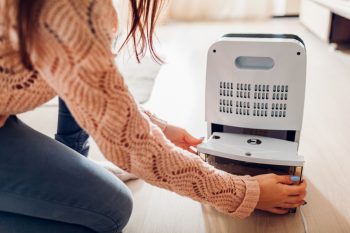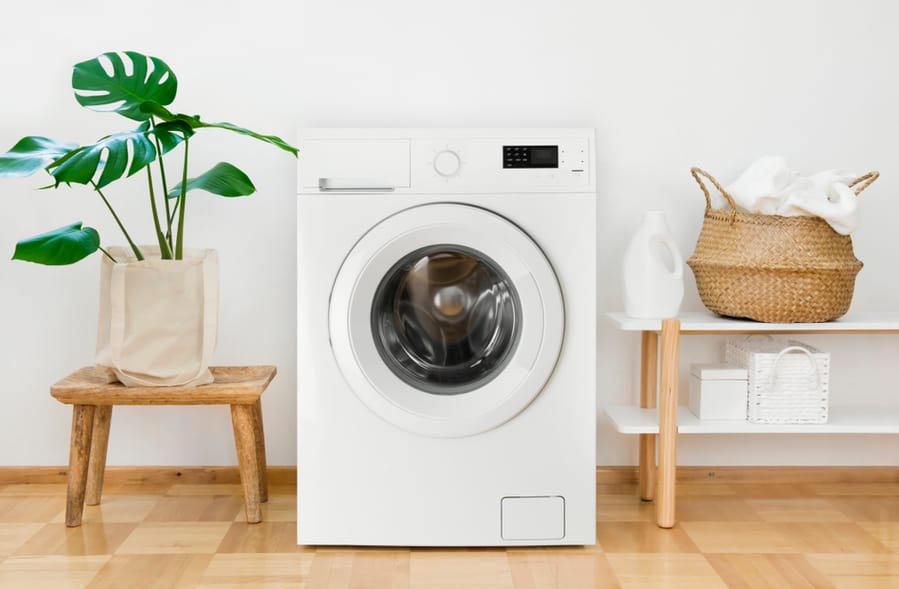
Low water pressure is extremely annoying, especially when dirty clothes and washing machines take hours to fill.
Nobody has time for that; you cannot wait too long for the machine to fill up and start working.
Low pressure is also not great for your clothes as it doesn’t efficiently wash them, and you end up with faint stains on white shirts only to rewash them.
While standing next to your washing machine taking ages to fill up, you might wonder about anything that can help increase the water pressure or whether you must live in this agony forever.
There are several ways to increase the water pressure of your washing machine.
Some solutions are easier, while others require a professional’s assistance.
- Clean the inlet filter
- Check the faucet
- Install a pressure pump
- Adjust the pressure-reducing valve
Read further to know 6 easy ways to increase water pressure in the washing machine.
6 Ways To Increase Water Pressure in Washing Machine
A washing machine is an efficient appliance that requires high water pressure to perform well.
If your water pressure is low, filling up the machine will take a lot of time, and the clothes won’t be clean enough.
Here are a few possible ways to fix this situation:
1. Clean the Inlet Filter
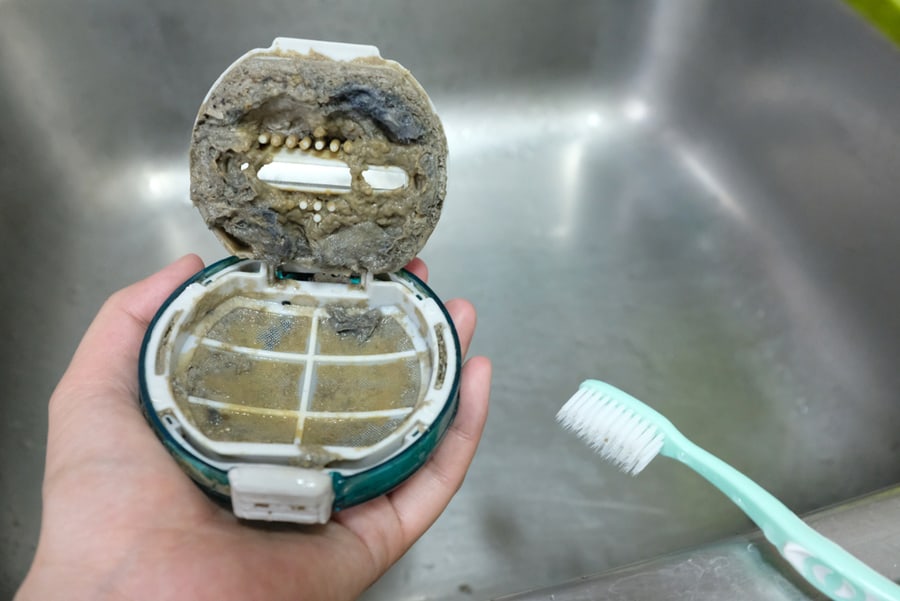
A washing machine has a water inlet that connects it to the water source. Due to dirt and debris, the inlet filter can clog, resulting in low water pressure.
Here is a step-by-step guide to doing it:
- Close the main water source and disconnect the pipe from the washing machine.
- Remove the inlet filter and examine it.
- If you notice debris build-up or clogging, thoroughly clean it with water.
- Place it back, reconnect the pipe, and check the water pressure.
2. Check the Faucets

Checking the faucets does seem like a basic thing, but it is a common factor. The taps are often not opened properly, causing a low water supply.
You can turn the faucets clockwise to increase the water pressure.
3. Install a Pressure Pump

A pressure pump or a booster pump increases the pressure of the water entering your home. It is an inexpensive and efficient way to solve this problem and finish your laundry promptly.
You can install the pump on the main line where water enters the house. Try doing it yourself or call a plumber to do the job.
If you live in a big house, ask a plumber to increase the PRV ( Pressure Reducing Valve) to meet the water needs.
4. Adjust Pressure Reducing Valve
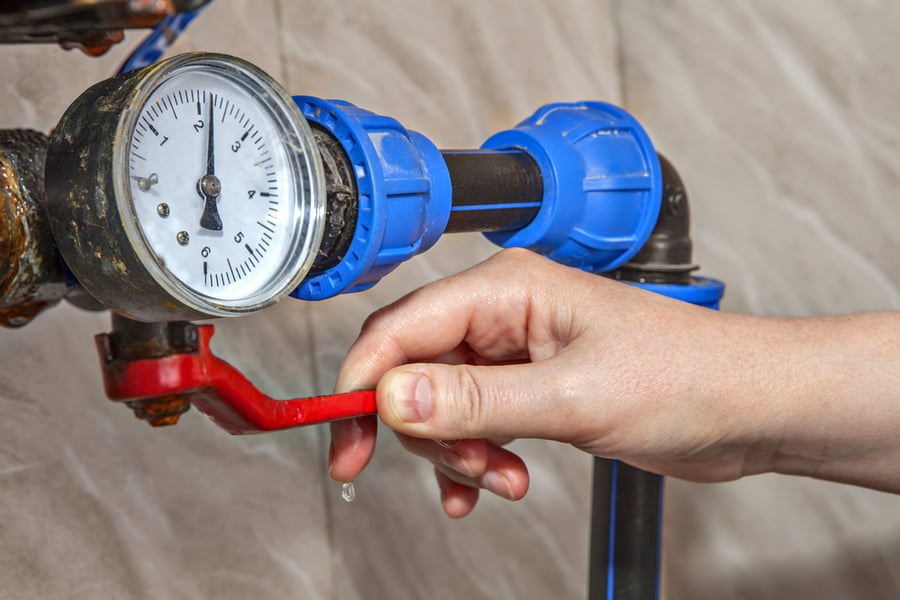
A pressure-reducing valve is installed on the main water line to automatically reduce the high incoming water pressure from the city to the home water line.
You can inspect the main water supply pipe valve to check the pressure.
Look for a conical-shaped valve and bolt-locking nut next to the water meter and turn it clockwise to increase the pressure.
You can also use a pressure gauge to check the water pressure; once it reaches 50 PSI or higher, tighten the locknut and secure the valve.
5. Look for Leaks
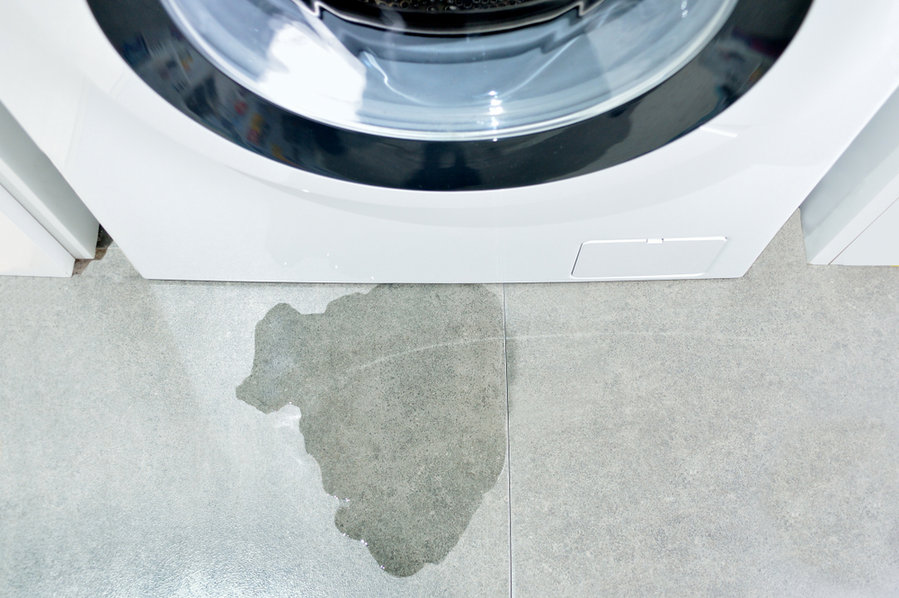
Leaked pipes are also a major factor in low water pressure. You can closely examine the pipe connecting the water source to your washing machine and look for any leakage or clogging.
If you find something, either clear out the pipe or replace it.
6. Call a Plumber
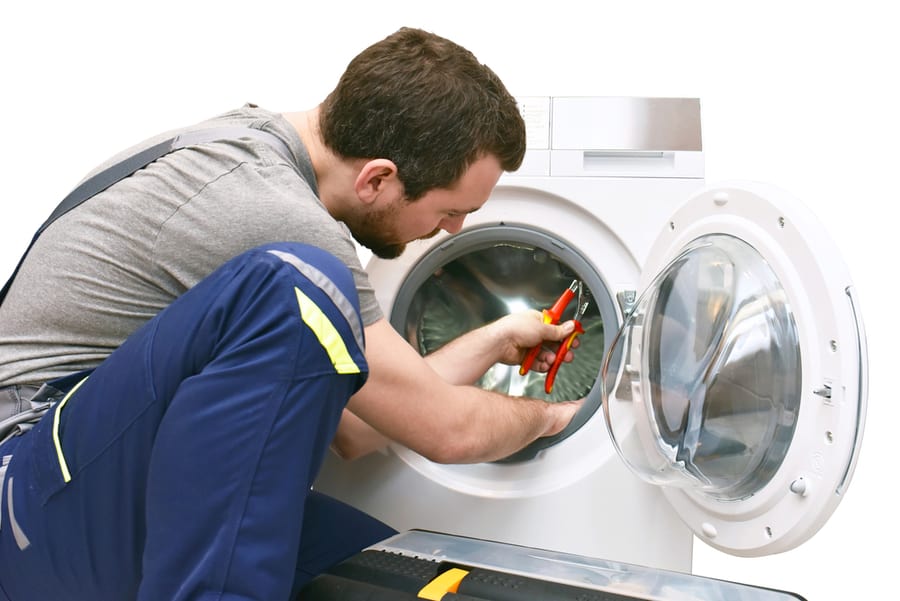
If nothing helps, it is better to call the plumber and let him diagnose the issue with your water pressure. With professional experience and skills, he can diagnose and fix problems easily.
Takeaway
Low water pressure can be irritating and result in poor cleaning; however, it is not a severe issue and can be solved by following some easy solutions.
First, check whether the water taps connected to the washing machine are fully opened. You can also install a pressure pump or increase the PRV to fix the issue.
If nothing helps, call a plumber and let him diagnose the situation.




